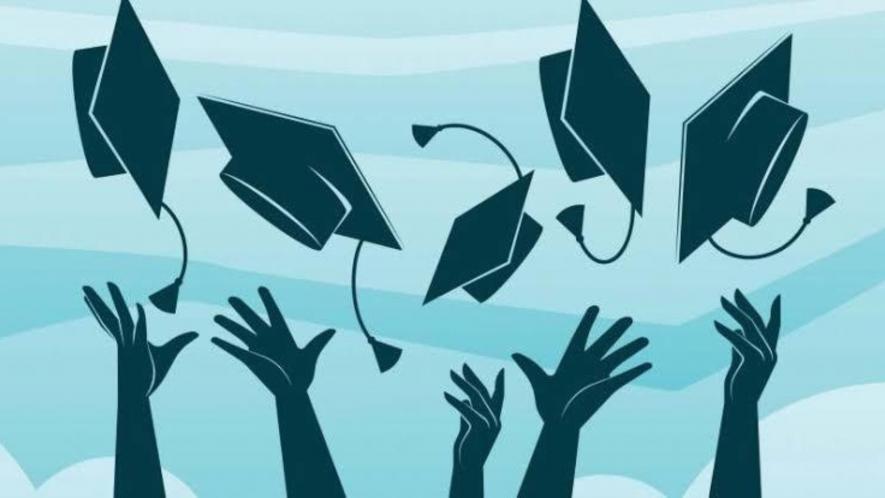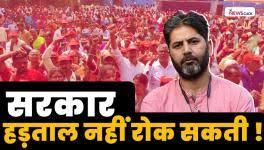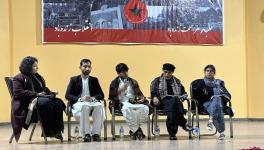Ironies Worth Lifetimes in Private Higher Education

File Image
If the enlightened readers of this page are asked to recommend an institution of higher learning to a young acquaintance, what would they honestly prefer, a public institution or a private one? Assume that the young candidate is beyond the tyranny of merit and financial constraints to choose either kind. Notwithstanding decades of privatisation in college and university education, it is difficult, if not impossible, to suggest any private institution that can stand above public institutions in most fields of study, from the natural sciences and mathematics to statistics, engineering, medicine, social sciences, languages, journalism, law, art and aesthetics.
An indirect way to acknowledge the difference in preferences could be that private institutions become an option for students once seats in reputed public institutions have been occupied. That is why private institutions rely heavily on advertisements—sometimes unethically—to attract potential candidates, while public institutions release admission ‘notices’ in newspapers and their websites to attract interested candidates.
Public higher learning institutions are not in a crisis of bright students vis-a-vis their private counterparts. Not that candidates who choose private institutions are not brilliant. Instead, it is to say that they are forced to join private institutes, often paying exorbitant fees that can lead to indebtedness simply because of the scarcity of seats in reputed public institutions. Therefore, telling our young acquaintances to pick a private institution is a contradiction, occurring while the privatisation of higher learning is consciously being normalised.
Another contradiction arises with respect to the faculty in private institutions. Presumably, the present faculty cohorts have backgrounds in generations educated at public colleges and universities when privatisation was not the norm. Therefore, young graduate students pay exorbitant fees to attain an education from those who attended public institutions where the fee was rightfully minimal. Most importantly, many had doctoral scholarships, which helped compensate for the ‘opportunity costs’ of not joining the workforce after a first-level graduate degree. How many professors and teachers engaged in higher education would have completed their doctoral studies (around five years) if they had to pay market-based fees, which include the high remuneration of their supervisors? Remember, they would have to do this while sacrificing potential earnings through attaining higher-education degrees. For such faculty and institutions, denying reciprocity—free-of-cost education to today’s youth—is not just a contradiction but takes away from their ability to be agents of fairness and justice.
The teaching staff in colleges and universities has reason to value the freedom to conduct research. But how far is academic inquiry tenable when profitability is at stake for the institution? Most importantly, the institutional acceptability of such research is something private universities cannot necessarily guarantee. Non-tenured, low-paid, and precarious academic jobs, in which teachers are burdened with administrative duties, are the new normal. Several high-profile cases have come to light of faculty being forced to resign. These cannot be seen as exceptions but reflective of an underlying unfreedom. Forced resignations are perhaps a legitimised way to ‘manage’ private institutions of higher learning. Therefore, the pretention of fostering academic freedom while being unfree is another contradiction for the fraternity at private universities to live with.
Well-meaning educators may justify such contradictions because they were ‘forced’ into private institutions, where they work under the whims of ‘managers’. After all, public institutions are de-skilling and de-staffing. Sure, public institutions are not an ideal place, especially under neoliberal, right-wing, post-truth political dispensations. But that cannot become a sufficient defence for private universities to abscond from their duty to cultivate freedom.
Indeed, more so when private investors in the education sector cannot face well-funded public colleges and universities. Certainly, the ‘incentive compatible’ business environment for them is created by shrinking the formal public sector. It is this that the private sector is capitalising on, albeit immaturely, whether in the health sector or the private higher education sector. They are also capitalising on the students left behind due to the limited capacity of seats in public education, and they can hire educators because such positions are scarce in a shrinking public education.
And last but not least, private or public educational institutions ought to be vanguards promoting equality by ensuring equality of opportunity for the young. This task is especially crucial for socially and economically weaker sections. Are private colleges and universities inherently interested in complying with constitutional rights such as the reservation of positions for the historically disadvantaged and the marginalised? Do they cherish reservations in the constitutional scheme at all? Private universities may advertise that they promote ‘diversity’, but this should not be oversimplified. Is it constitutional benevolence they practise, or has it become a way to avoid constitutional obligations consciously?
A diverse classroom with regional, ethnic, religious, caste, gender, and language representation should be a more rewarding experience for educators than a classroom ‘selected’ based on income classes and creditworthiness. Arguably, it is not even necessary for faculty cohorts to uphold ‘constitutional morality’ when demanding equitable classroom representation. That ‘diversity’ they speak of has instrumental benefits for learning from diverse cultures and experiences.
If private institutions acknowledge these values—we can come to how they practice them later—it would contradict the exorbitant fee structure, which invariably excludes ‘diversity’. In ‘Home in the World’, eminent economist Prof Amartya Sen describes how he would have struggled if institutions, especially Cambridge, had not provided him with financial and other support. Does India acknowledge how many thinkers it has lost to the decay of public institutions and the substitution by commercialised education? That our privileged men and women of letters silently live with all these inherent contradictions is an utter irony of our lifetime.
The author teaches economics at the Tata Institute of Social Sciences, Hyderabad Campus. The views expressed are personal.
Get the latest reports & analysis with people's perspective on Protests, movements & deep analytical videos, discussions of the current affairs in your Telegram app. Subscribe to NewsClick's Telegram channel & get Real-Time updates on stories, as they get published on our website.
























